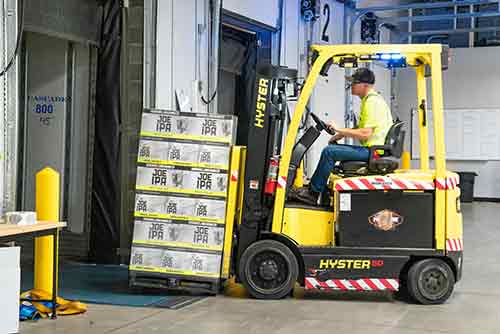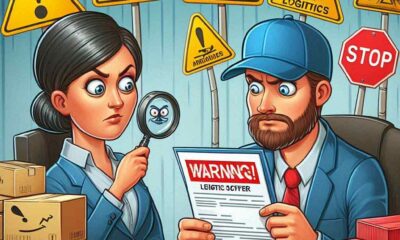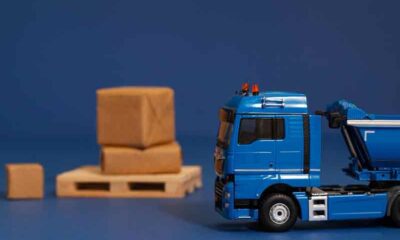In today’s e-commerce world, the job of a logistics company is to deliver the product as well as return and exchange the product. 8 years ago, the job of a logistics company was to deliver the product to the customer. But after Covid-19, the government encouraged micro, small and medium industries through many schemes, as a result of which now the reverse customers have also started returning the product with the help of logistics companies. So that the product can be recycled.
Let’s Check – what is Reverse Logistics?
Reverse logistics means taking the product from the customer and delivering it to the seller or manufacturer. The purpose of delivering the product to the manufacturer and seller is so that the product can be recycled, as a result of which environmental damage can be avoided. But many logistics companies are avoiding adopting reverse logistics.
What is the reason that companies are avoiding adopting Reverse Logistics
(1) High Operational Cost
Reverse logistics has to bear more cost than logistics because
- (a) Dividing return orders into categories and inspecting them
- (b) Damaged products require separate handling and repair
- (c) Additional processing charges and warehouse charges have to be borne in reverse shipment
- (d) Sometimes it happens that repackaging is required to sell the product again. All these reasons make reverse logistics expensive.

(2) Complex Supply Chain
The process of forward logistics is very complex as compared to reverse logistics, as it involves
- (a) Spoiled products, used products, damaged products, wrong orders
- (b) Problems in managing pickup location
- (c) Sorting products
- (d) Taking feedback from customers
(3)Limited Technological Infrastructure
The following are required to manage reverse logistics efficiently
- (a) Lack of modern tracking systems and data analytics
- (b) Lack of return management systems
- (c) AI and machine learning are needed to send products to the right location.
- (d) Need to improve inventory management
These technological problems are a major challenge in expanding reverse logistics.
(4)Return Fraud and Misuse
Return fraud is the biggest headache for logistics companies because
- (a) There are many customers who return the product after using it.
- (b) Many customers return fake or damaged products
- (c) There are many customers who return expensive products by replacing them with its first copy.
(5)Environmental and Recycling Challenges
The biggest challenge faced by reverse logistics is sustainability and recycling such as-
- (a) Disposal of e-waste, textile waste costs more
- (b) Logistics companies need extra investment to adopt green eco-friendly logistics. They avoid it
- (c) Government rules and environmental rules sometimes make reverse logistics expensive.
(6)High Customer Expectations
Today’s customers want
- (a) Fast return process
- (b) Free returns facility
- (c) Immediate refund of money in return
- (d) Customer should not be asked any question as to why he is returning the product

(7)Low Profitability in Reverse Logistics
Logistics company benefits from forward shipping because it gets delivery charge from seller or customer, while logistics company
- (a) Has to bear extra logistics cost on return
- (b) Many times products get so damaged that seller is not able to sell the product
- (c) Companies need storage for return logistics.
Conclusion:
Reverse logistics is an important part of e-commerce and supply chain. But due to limited technological infrastructure, high operational cost etc., it is being avoided to adopt it.



























